Dracula's Daughter
Dracula's Daughter was the first sequel to the original 1931 production of Dracula. Directed by Lambert Hillyer from a screenplay which had been suggested by David O Selznick, and had been worked on by no fewer than six writers it stars Gloria Holden as the Countess Marya Zaleska, daughter of Count Dracula.
Reprising his role as Van Helsing from the original 1931 Dracula is Edward Van Sloan. The movie picks up from the last frame of the original, with Van Helsing standing over the bodies of Dracula and his minion Renfield. Rather than being commended for his actions, Van Helsing is arrested for the murders and taken into custody. The body of the late Count is stolen by a mysterious, statuesque woman the Countess Marya Zaleska who ritually cremates the body in the hope of freeing herself from the curse of Dracula.
Psychiatrist Jeffrey Garth (Otto Kruger) is called in Van Helsing's defence, but he finds himself involved in the case of the Countess who tells him she is looking for release from an obsession. However, the Countess is a chip off the old tomb and is luring young women to their doom…
At $278,000, the movie was one of the most expensive productions to be made at Universal in the 1930s. It had originally been intended as a project for Frankenstein director James Whale, but Whale's script treatment was so off-the-wall that the Studio brass chickened out. It was also the last movie completed under the founding family at Universal. Shortly after the film wrapped, the studio's principal debtor Standard Capital Corporation seized control and the Laemmle family was forced to leave.
Modern viewers might find the movie a little forced, but this is the way movies were made in the 1930s. Dracula's Daughter was a major A-picture of its day, although it's almost unknown today. Gloria Holden is awfully reminiscent of Anjelica Huston's portrayal of Morticia Addams, and the cast list includes Universal resident horror character Irving Pichel as the Countess's jealous sidekick Sandor and silent comic Billy Bevan.
Presented in its original 1.33:1 (and of course black-and-white), it's a fine example of the gothic horror cycle and a must-have for collectors of the Universal Golden Age of "Gods and Monsters".
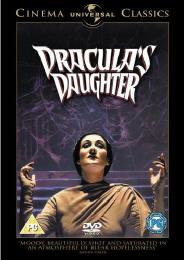
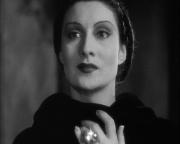
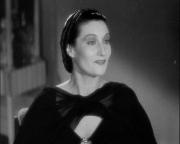

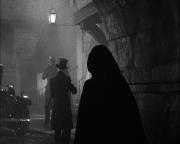
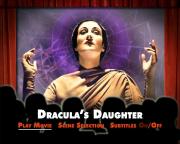


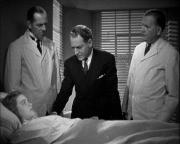
























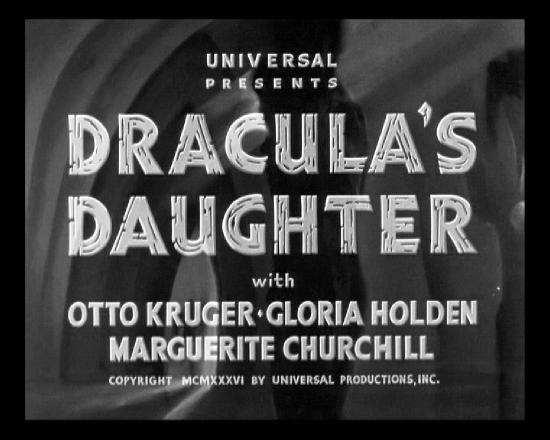



Your Opinions and Comments
Be the first to post a comment!